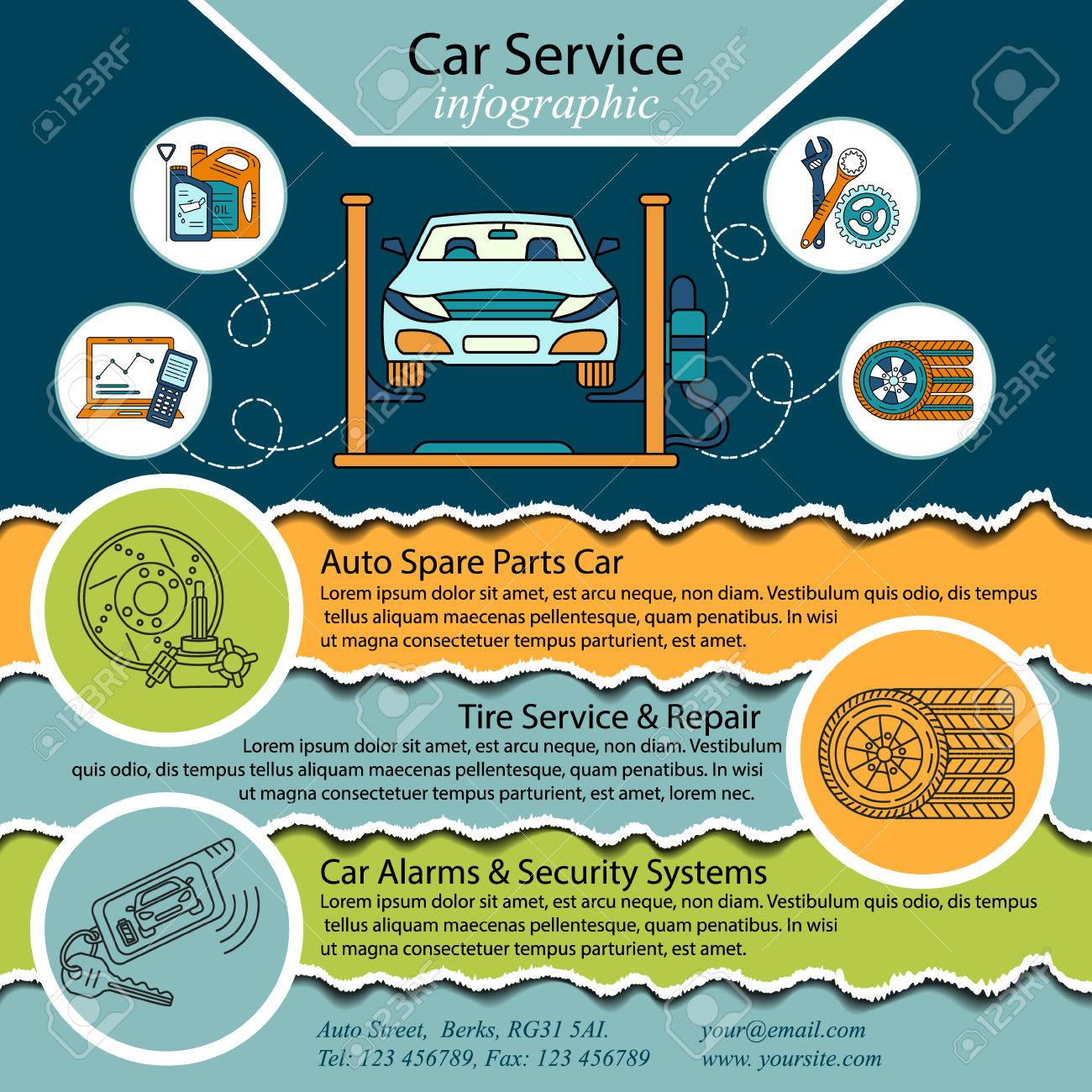Looking For Clarity On The Caution Lights Displayed On Your Car'S Control Panel? Discover How They Relate To Your Vehicle'S Health And Safety
Looking For Clarity On The Caution Lights Displayed On Your Car'S Control Panel? Discover How They Relate To Your Vehicle'S Health And Safety
Blog Article
Staff Author-Lim Winters
When you're behind the wheel, those glowing warning lights on your dashboard can be a little bit perplexing. Do you know what they're attempting to tell you about your automobile's wellness? Comprehending the importance of these lights is important for your safety and the long life of your car. So, the following time one of those lights appears, wouldn't you want to decode its message accurately and take the essential actions to address it?
Common Caution Lighting and Interpretations
Identify typical caution lights in your cars and truck and understand their definitions to guarantee safe driving.
The most common caution lights consist of the check engine light, which signals concerns with the engine or exhausts system. If this light comes on, it's crucial to have your car checked promptly.
The oil pressure warning light shows low oil stress, requiring immediate focus to stop engine damage.
A flashing battery light might recommend a faulty charging system, possibly leaving you stranded if not resolved.
The tire pressure monitoring system (TPMS) light notifies you to low tire stress, impacting car stability and fuel efficiency. Ignoring this can result in hazardous driving problems.
The abdominal light suggests a trouble with the anti-lock stopping system, compromising your capability to stop rapidly in emergency situations.
just click the next post but not least, the coolant temperature cautioning light warns of engine overheating, which can cause serious damage otherwise resolved quickly.
Recognizing these usual warning lights will certainly aid you address issues quickly and maintain secure driving conditions.
Importance of Prompt Interest
Recognizing the common warning lights in your automobile is just the primary step; the relevance of immediately dealing with these cautions can not be stressed sufficient to guarantee your safety on the road.
When a caution light brightens on your control panel, it's your car's method of connecting a possible problem that requires focus. Ignoring these warnings can cause a lot more extreme issues in the future, jeopardizing your safety and security and possibly costing you much more in repairs.
Trigger attention to advising lights can protect against break downs and mishaps. For example, a blinking check engine light might indicate a misfire that, if left neglected, can create damages to the catalytic converter. Addressing this without delay can save you from a pricey fixing.
In a similar way, a brake system advising light may indicate reduced brake fluid or used brake pads, vital components for your security when driving.
Do It Yourself Troubleshooting Tips
If you notice a caution light on your control panel, there are a couple of do it yourself troubleshooting pointers you can try prior to looking for professional help.
The first step is to consult your cars and truck's handbook to understand what the details warning light indicates. Often the issue can be as easy as a loose gas cap causing the check engine light. Tightening the gas cap may settle the problem.
An additional usual problem is a low battery, which can activate different advising lights. Examining the battery connections for deterioration and ensuring they're secure might fix the issue.
If a caution light lingers, you can attempt resetting it by separating the cars and truck's battery for a few minutes and then reconnecting it. Furthermore, inspecting your car's liquid degrees, such as oil, coolant, and brake liquid, can help fix cautioning lights connected to these systems.
Verdict
Finally, understanding your auto's warning lights is necessary for keeping your vehicle running efficiently and safely. By promptly resolving these signals and understanding what they indicate, you can prevent costly fixings and prospective malfunctions.
Keep in https://car-oil-change95172.blogpixi.com/30557321/an-in-depth-guide-to-unearthing-qualified-auto-repair-shops-in-your-location to consult your vehicle's guidebook for certain details on each alerting light and act appropriately to ensure a trouble-free driving experience.
Stay notified, stay secure when traveling!
